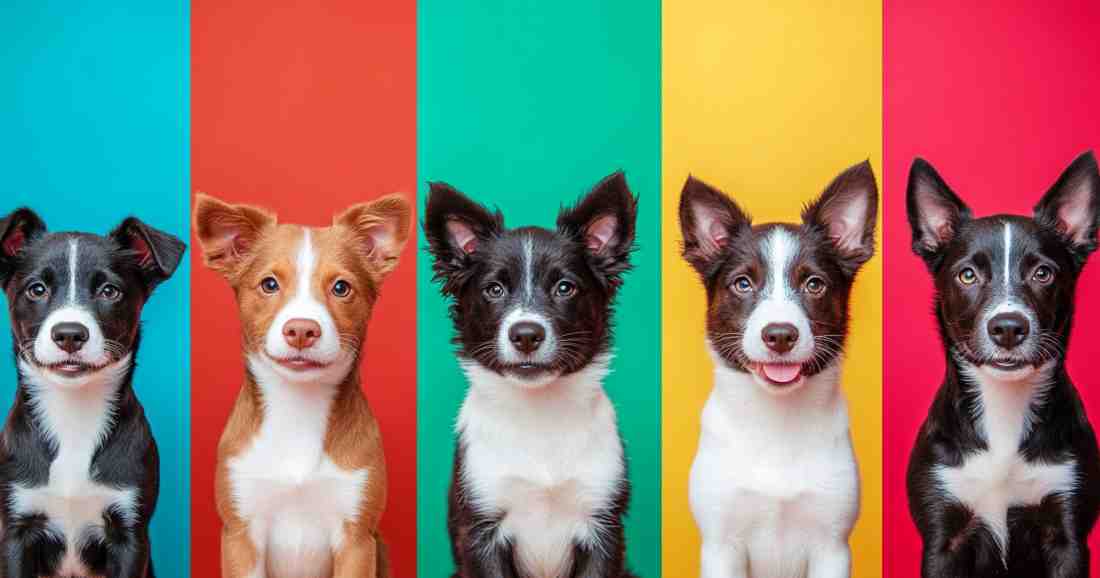
What Is My Dog Favorite Color Quiz , Discover Your Pup’s Color Preferences. Dogs may not see the world the same way humans do, but they still respond to different colors in unique ways. While humans have three types of color receptors (cones) in their eyes, dogs only have two, meaning they see a limited range of colors. The What Is My Dog’s Favorite Color Quiz will help you determine which colors your dog might prefer based on their vision, play habits, and reactions to different objects.
Contrary to the popular myth that dogs see in black and white, they actually see in shades of blue and yellow. Their color vision is similar to a person with red-green color blindness, meaning they struggle to distinguish between reds, greens, and oranges.
- Best Colors for Dogs – Blue, Yellow, and Shades of Gray.
- Hard-to-See Colors for Dogs – Red, Green, and Orange often appear as brownish or dull colors.
How to Find Your Dog’s Favorite Color
If your dog seems to prefer certain toys, blankets, or objects, they might be drawn to specific colors. You can test their color preference by:
- Using different-colored toys – See which one they choose most often.
- Placing food in different-colored bowls – Some dogs may have a preference.
- Observing their reaction to different-colored objects – Do they get excited by a blue ball but ignore a red one?
Why Colors Matter for Dogs
- Choosing the Right Toys – A bright blue or yellow ball is easier to see than a red or green one.
- Training and Agility – Yellow and blue obstacles are clearer to dogs than red or orange ones.
- Better Engagement – Dogs may interact more with items in their preferred color range.
Fun Facts About Dogs and Color Vision
- Dogs rely more on motion and brightness than color when spotting objects.
- Most dog agility courses use blue and yellow equipment to help dogs see obstacles clearly.
- Some studies suggest that dogs may prefer yellow over blue, but individual dogs have different reactions.
- Dogs compensate for their color limitations with an incredible sense of smell and movement detection.
- If your dog ignores a red toy, it’s not because they don’t like it—it just blends into the background for them!
Take the What Is My Dog’s Favorite Color Quiz Now
Curious to know which color your dog prefers? The What Is My Dog’s Favorite Color Quiz will assess your dog’s reactions, play habits, and engagement levels to determine their favorite color. Take the quiz now and discover your pup’s color preference!
